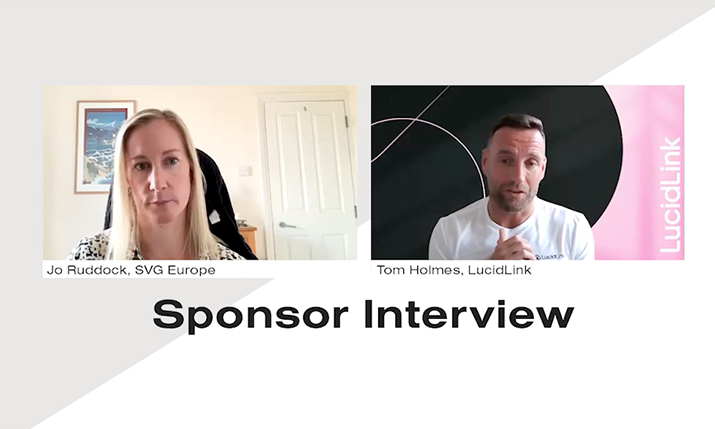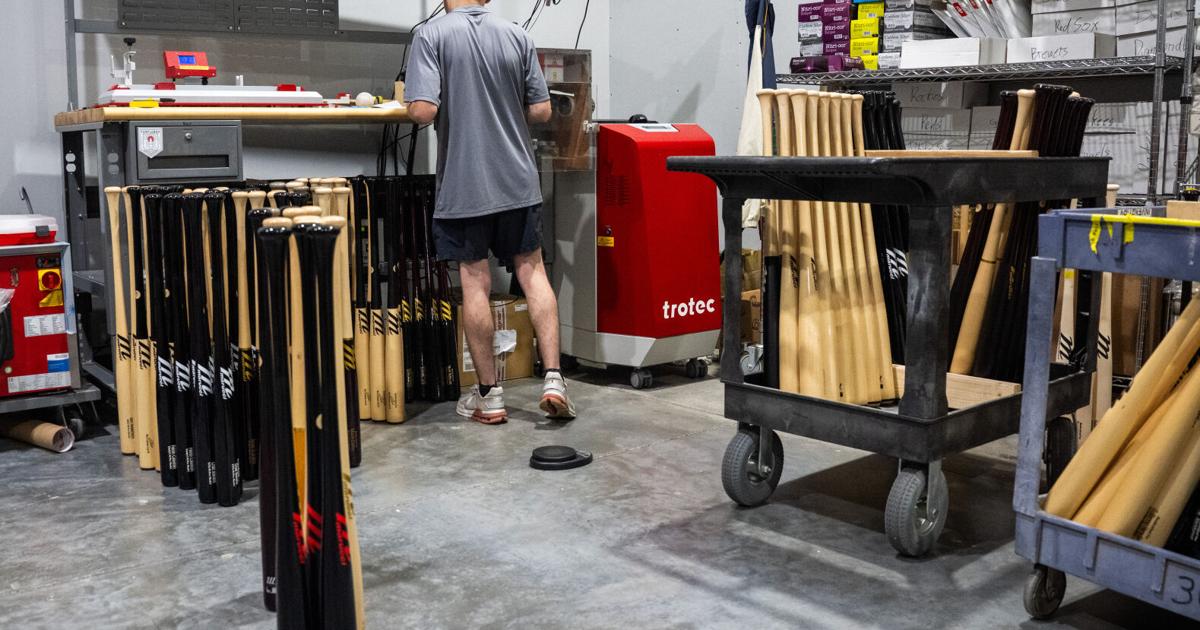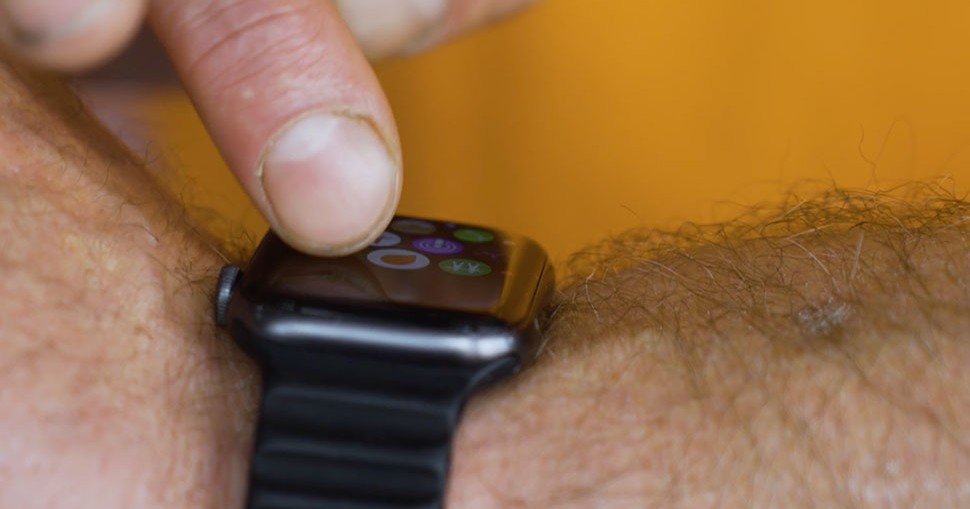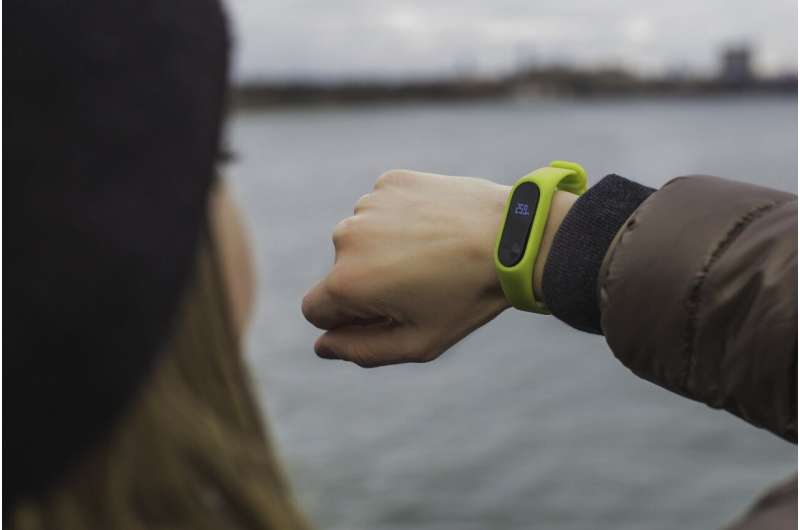Investment fuels expansion across basketball and volleyball markets with funding from Sapphire Sport, Hyperplane, and new partners including Mighty Capital and Sony Innovation Fund
BOSTON, June 18, 2025 /PRNewswire/ — SportsVisio, putting the power of advanced AI technology into the hands of every athlete, coach, and fan, today announced $3.2 million incremental funding, bringing its total capital raised to $9M. The round includes continued support from existing investors Sapphire Sport, Hyperplane and Sovereign’s Capital, and welcomes Mighty Capital, Sony Innovation Fund, Alumni Ventures, Waterstone Impact Fund and new strategic angels.
The addition of Sony Innovation Fund is of particular importance. With their deep expertise at the intersection of content, entertainment, and emerging technology, Sony Innovation Fund brings a unique perspective that aligns with SportsVisio’s vision to reimagine how sports are captured, analyzed, and shared.
“At Sony Innovation Fund, we invest in technologies with the potential to reshape industries — and SportsVisio is a perfect example of that,” said Austin Noronha, Managing Director, Sony Ventures in the U.S. “Their AI-driven platform delivers professional-grade tools to youth and amateur athletes, transforming how sports moments are captured and shared. We’re excited to back a team that’s expanding access to high-quality sports content and empowering the next generation of athletes.”
“At Mighty Capital, we invest in products that people love — and SportsVisio is a perfect example. They’ve combined cutting-edge AI with an intuitive user experience to create a product that athletes, coaches, and leagues rely on. Their rapid adoption and deep engagement are clear signals of long-term value, and we’re thrilled to partner with them as they transform how sports are experienced and shared,” shared Jennifer Vancini, General Partner at Mighty Capital.
This funding will power sales and marketing growth initiatives, as SportsVisio scales its offerings across basketball and volleyball and new sports like baseball for amateur, youth and professional sports organizations around the world.
“We’re thrilled to have the continued backing of Sapphire Sport and Hyperplane, and to bring on these new partners,” said Jason Syversen, SportsVisio Founder and CEO. “This funding and strategic guidance will help us to expand on our mission to provide smarter, AI-driven solutions that help teams and players win—on and off the court.”
The announcement follows three major product milestones recently achieved: the launch of SportsVisio’s Coach Mode, designed to deliver deeper insights into player performance, team trends, and game flow for the coaching audience; the release of its fully featured volleyball platform, now providing AI-powered stats and automated highlights to one of the fastest-growing sports globally; and the addition of a 3×3 product to enable the fast growing and fast paced format. These innovations reinforce SportsVisio’s commitment to building sport-specific tools that empower coaches and players with actionable data and access to video.
SportsVisio is trusted by more than 150 leagues, clubs, and teams and 16,000 users throughout 16 countries, empowering coaches, athletes, and teams to elevate their game through data-driven decision-making and video highlights and content.
About SportsVisio
SportsVisio is revolutionizing sports analytics through its AI-powered platform that delivers real-time stats, video highlights, and performance insights. The platform supports basketball and volleyball, with plans to expand into additional sports. For more information, find SportsVisio online at www.sportsvisio.com or on social media at facebook.com/SportsVisioAI, instagram.com/sportsvisio/, tiktok.com/@sportsvisio, and linkedin.com/company/sportsvisio.
About Mighty Capital
Mighty Capital is an early-stage venture capital firm that capitalizes on the growing influence of product management in corporate success. Founded by SC Moatti, a former Facebook mobile tech expert, and Jennifer Vancini, a seasoned professional with over 20 years in tech investments and M&A, the firm taps into Moatti’s Products That Count network of over 600,000 product managers and CPOs to gain insights into startups and corporate needs. The real “Why now?” is the AI revolution, which has reshaped corporate power structures, accelerating the shift towards digital products and services, thereby elevating the role of product managers. As a result, Fortune 1000 companies with CPOs have increased 10x in 3 years and are outperforming their peers. Mighty Capital’s focus on this product management revolution has led to high returns and minimized risk. Notable investments include Amplitude, Groq, and Canela. Founders and institutional investors praise the firm for its exceptional value, rapid execution, and ability to spot trends early. Learn more at Mighty.Capital.
About Sony Ventures Corporation
Sony Ventures Corporation manages the Sony Innovation Fund (SIF), which invests in all stages of emerging technology companies, as well as in startups solving global environmental challenges. SIF engages with pioneering startups to help fuel the development of disruptive technologies, launch new businesses, and contribute to the environment while seeking return on investment. Sony Ventures Corporation is headquartered in Japan. Learn more at www.sonyinnovationfund.com.
About Waterstone Impact Fund
WaterStone Impact Fund is a venture capital fund dedicated to accelerating world-class companies that fuel and amplify faith, hope, and love. Targeting companies that utilize AI and robotics, the WaterStone Impact Fund seeks to support ventures that align with its mission of integrating faith-based values with technological innovation. The majority of the fund’s carried interest is directed to the Tim Tebow Foundation, supporting initiatives against human trafficking, child exploitation, orphan care, profound medical needs, and special needs ministry in over 100 countries worldwide. Learn more at waterstoneimpactfund.com.
About Alumni Ventures
Alumni Ventures is America’s largest venture capital firm for individual investors. The firm has raised over $1.4 billion from a community of more than 11,000 accredited investors and built a diversified portfolio of 1,600+ current and historical companies across sectors and stages. Alumni Ventures offers individuals unique access to professionally managed venture capital and backs innovative founders building the future. Learn more at www.av.vc.
![]() View original content:https://www.prnewswire.com/news-releases/sportsvisio-secures-3-2m-additional-funding-to-scale-ai-sports-solution-302484766.html
View original content:https://www.prnewswire.com/news-releases/sportsvisio-secures-3-2m-additional-funding-to-scale-ai-sports-solution-302484766.html
SOURCE SportsVisio































 T.J. McConnell talks about his support for his sister, Megan!
T.J. McConnell talks about his support for his sister, Megan!



































